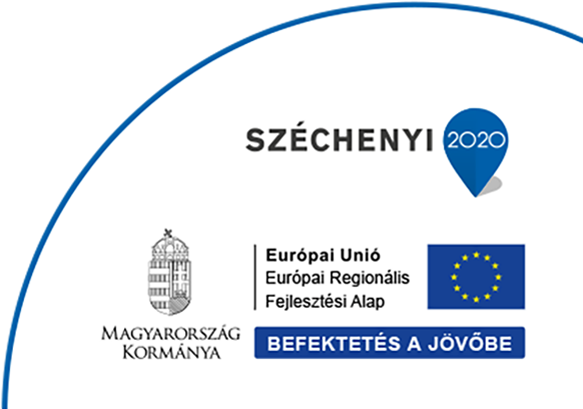Cafe Chrysanthème
Dég Festetics Mansion is one of the most significant neoclassical mansion complexes in Hungary. Although much has been written about the history of the mansion and its architecture, few documents regarding the dining etiquette of the Festetics family and the way they entertained the aristocracy at the white table have been preserved.
During the 19th and 20th centuries, formal dining in the dining halls of palaces and mansions became one of the most essential aspects of social life. Important decisions regarding private life and politics were made at the white table. As József Sisa puts it: “Receiving guests was the climax and, in many cases, the essence of life at the mansion. Visits provided the ideal framework for expressing representation, attending social events, and enjoying the comforts of home, in other words, all the purposes for which a mansion would typically be constructed.”
The researcher concluded, based on archival and contemporary sources, that the Festetics family had all they could wish for, mainly obtained from the manor. Cereals were predominantly used to produce bread, but the flour was also used when wearing wigs. There was an abundance of vegetables, fruits, and various meats. For example, salt-preserved meat and game meat were featured on the menu. They would also have vermouth and rosolis (from the Latin ros solis, meaning sun dew; an age-appropriate spiced liqueur made from spices and pálinka), which, although they consumed themselves, would rather be served to their guests, the ladies of the aristocracy.
They brewed their own coffee, likely with a hefty iron grinder (intended to be used in the kitchen), using locally roasted or previously purchased roasted coffee. The four large coffee pots and a 100-piece coffee set indicate that a meal was essentially a part of the tradition of entertaining guests.
The inventory also confirms the existence of a separate bakehouse, where bread was prepared; furthermore, as ice-cream making equipment was discovered, the inventory confirms the existence of a separate pastry kitchen and pastry oven as well.
A famous resident of Dég Mansion was Countess Lenke Pejacsevich of Verőce (1851-1936), one of the noblewomen of the time who had a cookbook and a household guide published, under the title A Countess’s Cookbook. A Practical Cookery Book. The book, published by Athenaeum, has been unparalleled in every way, and may be unique of its kind.
Her work was a popular cookbook of the period, and in the absence of menus and contemporary sources, we can only assume that such menus were available in her household in Dég Mansion. Unfortunately, nothing is known about the Festetics’ dinners in Dég, but we hope that additional research and source analysis may shed light on these unknown practices. However, one delicacy featured in the cookbook, which can be associated with the family is Festetics Cake.
Festetits Cake: mix 7 egg yolks with 12 dkg of icing sugar and add 7 dkg of crushed and sifted almaunds (almonds). The eggs and sugar should be mixed for at least half an hour and, when the almaunds are incorporated, the whites of 7 eggs are slowly beaten until stiff and poured into two cake tins of equal size, lined with paper and baked slowly. Once baked, remove from the tin and leave to rest in a place where it will dry well and remain crisp. Spread a finger’s thickness of cooked vanilla or chocolate cream (see in my book under ‘Créme patissérie’) between two pieces of cake of equal thickness and cover with chocolate icing. (Andorné Festetich, Gyakorlati szakácskönyv. Az egyszerű, egészséges és ma divatos főzésmód ismertetése. (A Practical Cookbook. Introducing a Simple, Healthy and Now Fashionable Way of Cooking.) (Budapest: Atheneaum, 1897), pp. 140-141.)
Chrysanthème Café is meant to evoke the unique atmosphere that formerly surrounded the mansion’s residents and guests.
It is worth a visit to experience what it is like to enjoy coffee and cakes in a truly elegant setting, much like the aristocracy once did.
Chrysanthème Café is open to visitors to the mansion during opening hours, without an entrance fee.


